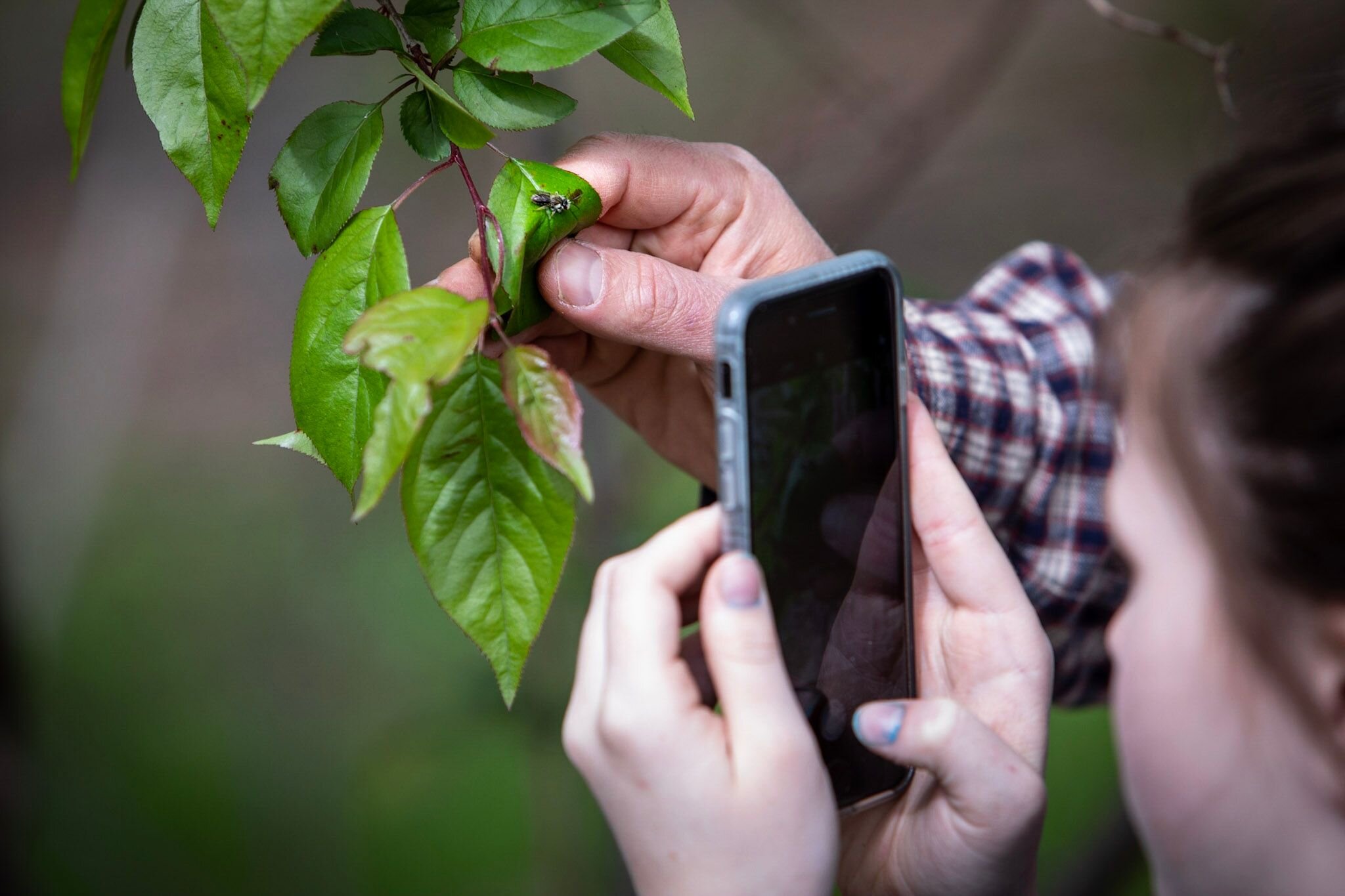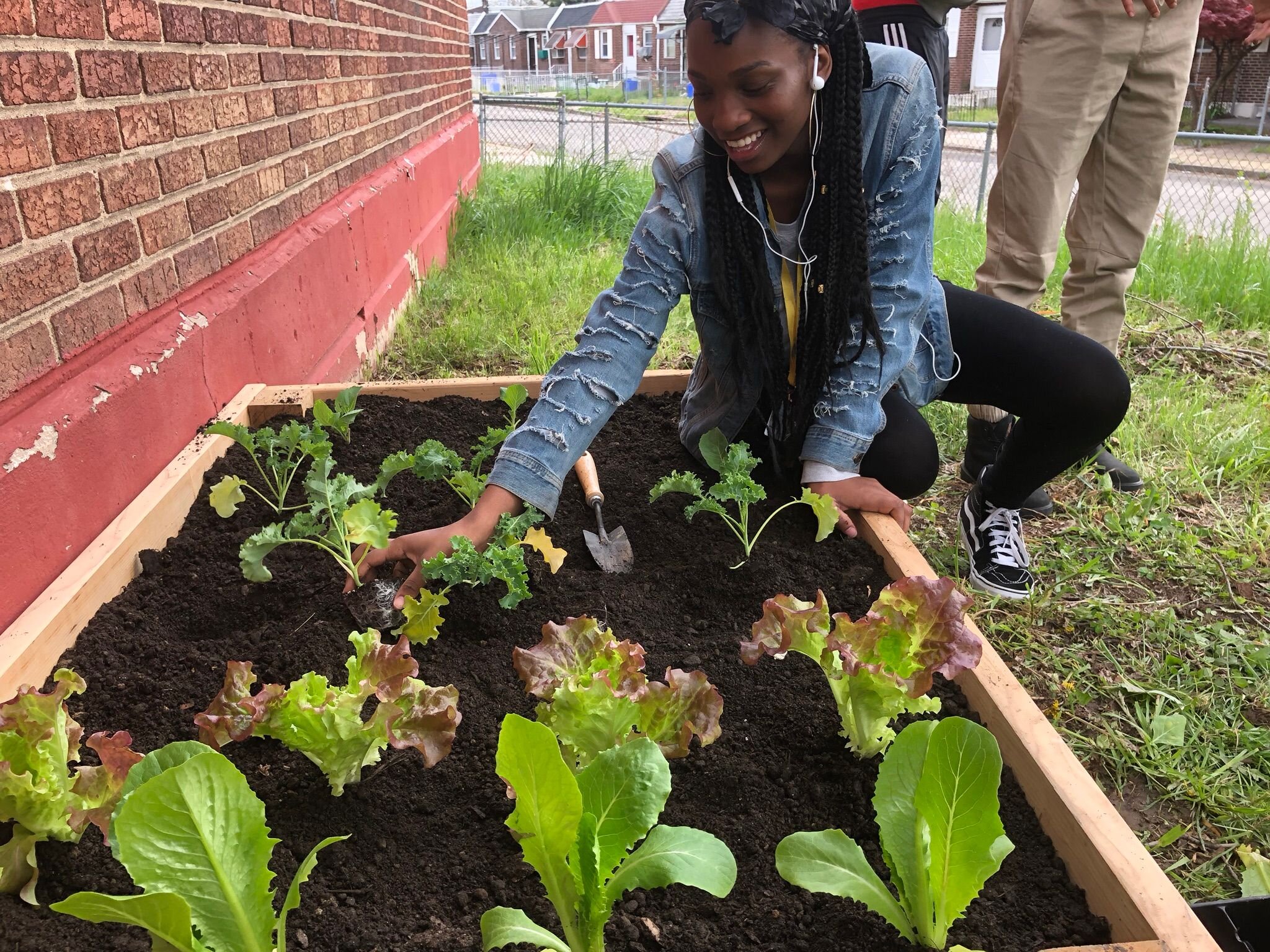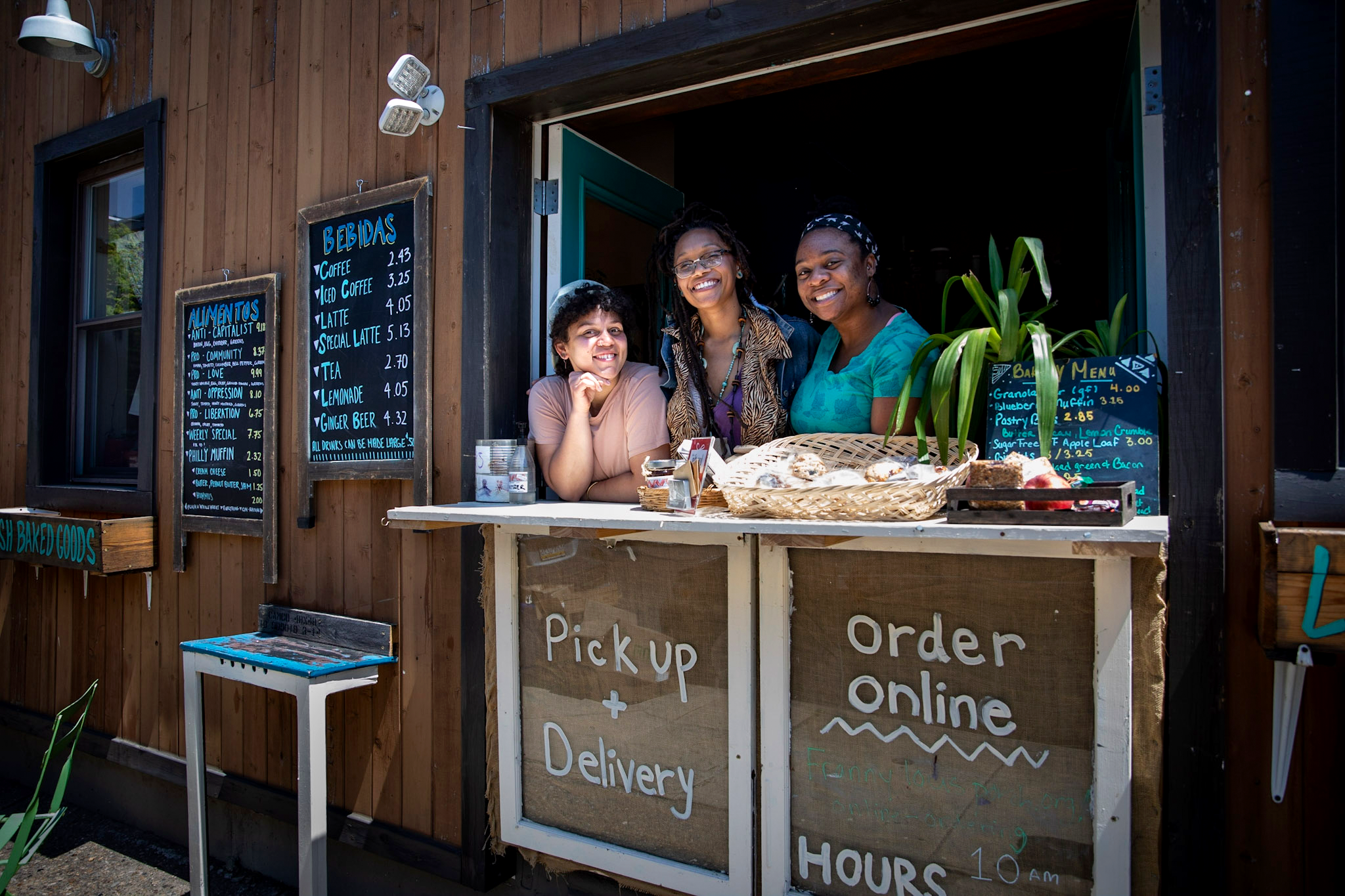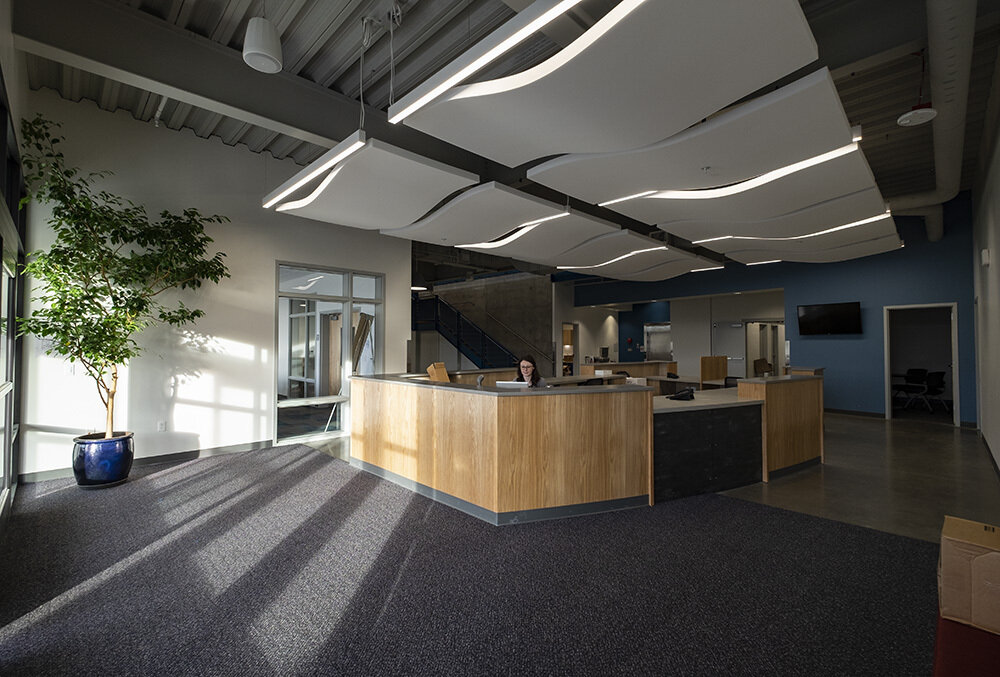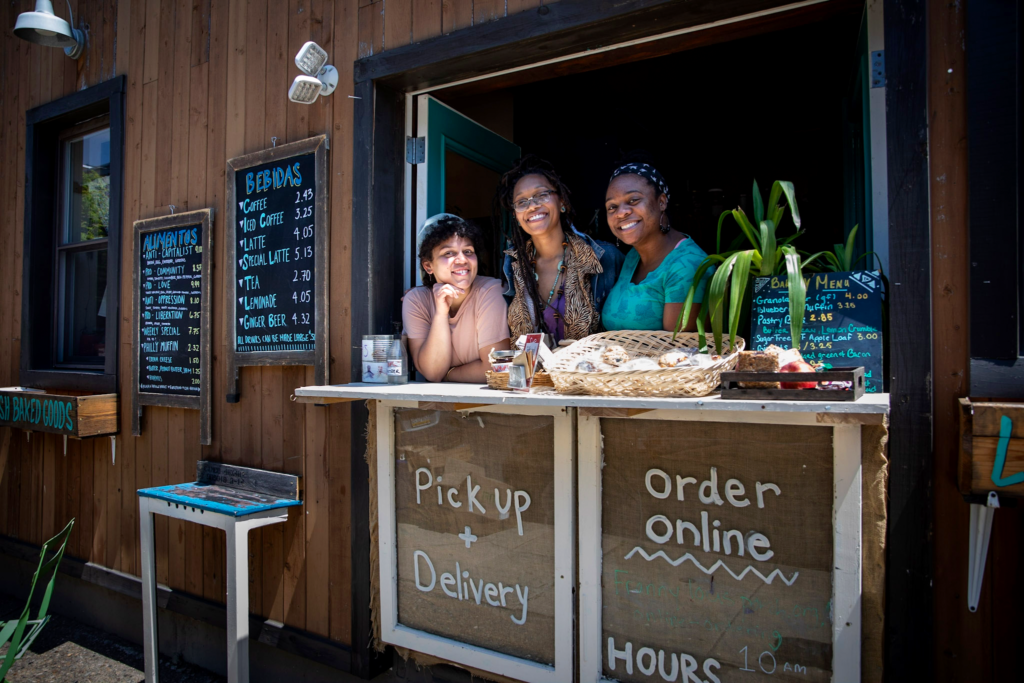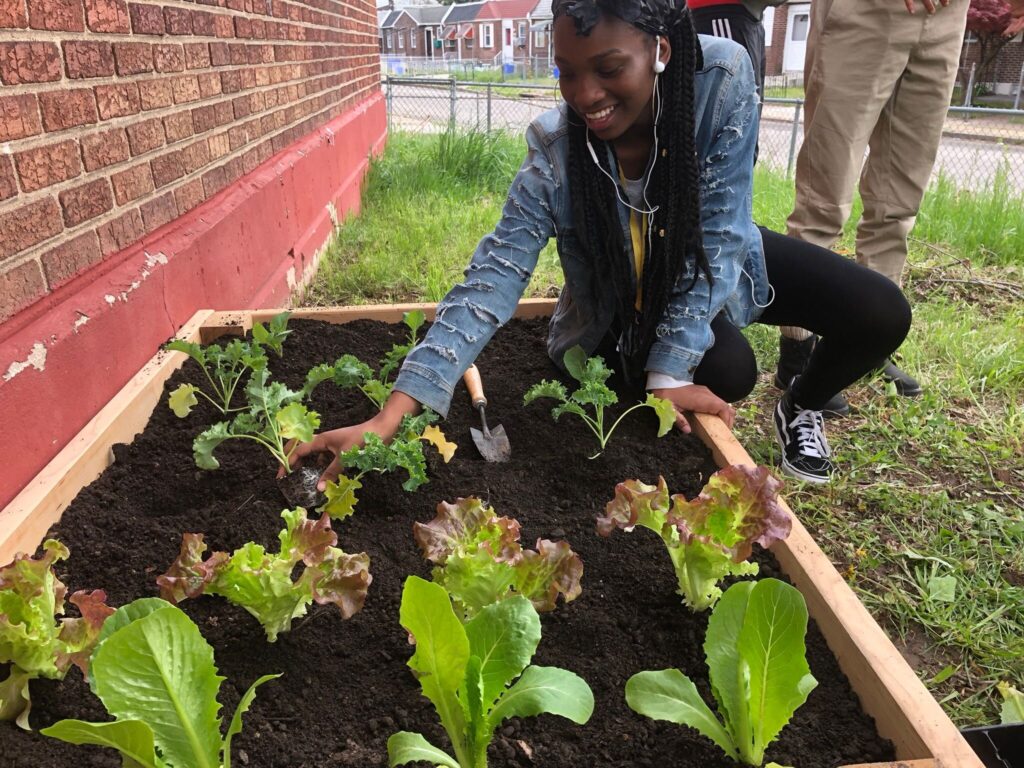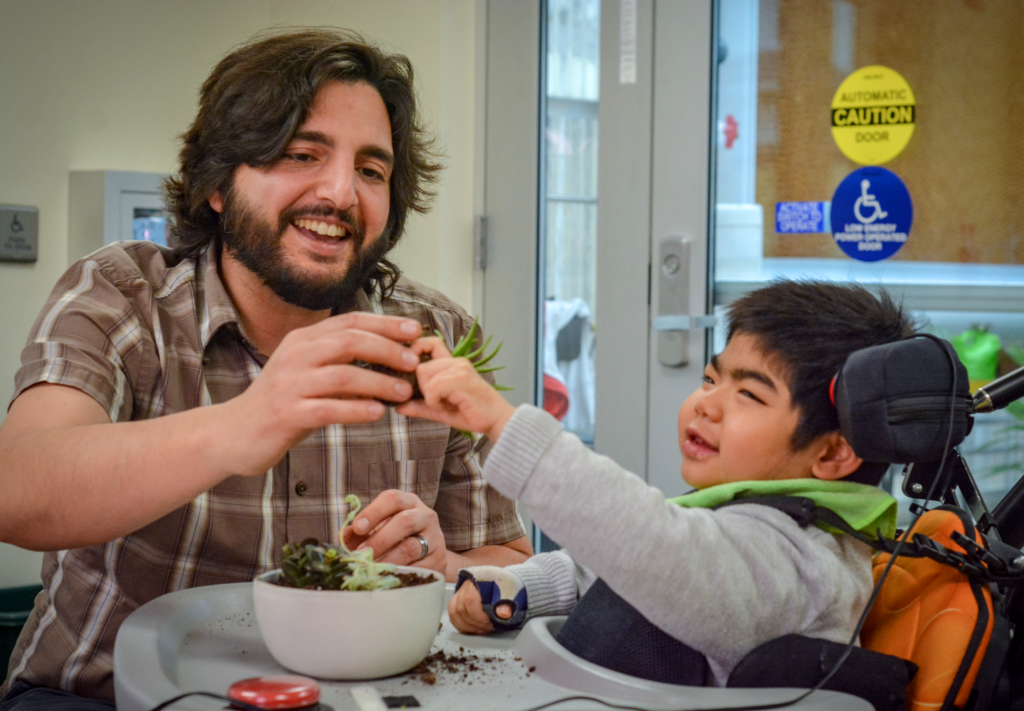Looking back at the start of the pandemic, I’ll remember everything closing in March. Walks around my neighborhood took me past locked storefronts with apologies taped to the doors, and almost every email announced a cancellation. I got an email about the City Nature Challenge the evening of March 12.
The City Nature Challenge (CNC) is a worldwide competition among cities to get as many people as possible engaged with nature during a four-day period. This year the dates were April 24 to 27. The California Academy of Sciences in San Francisco and the Natural History Museum of Los Angeles County coordinate the competition globally, using the app iNaturalist as a platform. Philadelphia (the city as well as the six counties it borders) first took part in 2019. As a member of the local organizing committee, I had been working since last summer on the 2020 CNC, as had the other coordinators.
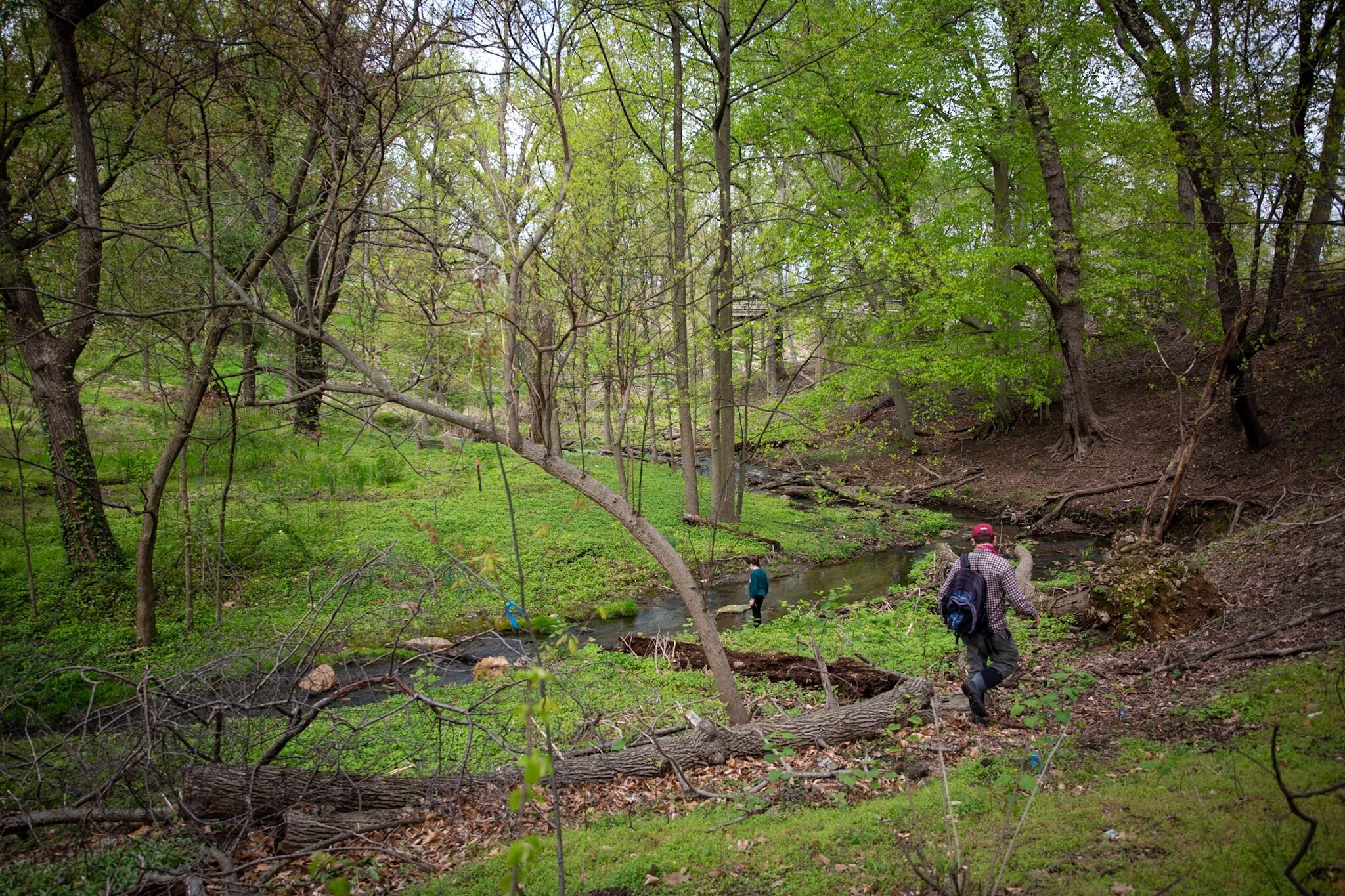
“In February we were doing our regular organizer call,” recalls Lila Higgins, senior manager for community science at the Natural History Museum of Los Angeles County, “and we were listening to our organizers in China say, ‘We can’t go outside.’ In the Philippines, they were not allowed to gather in groups. At that point I thought this is never going to happen in the United States—and then poof, everything changed.”
I was relieved to see that the March 12 CNC email did not actually cancel the CNC. It only cancelled the competition, shifting instead to an international collaboration. The message, which we passed along to our local partners, also recognized that this year participants would take part individually.
The CNC usually features facilitated group events such as nature walks and BioBlitzes, in which participants gather and try to document as many species as possible. This year, if participants couldn’t take part in group events, they could do it by themselves. If travel was out of the question, the neighborhood park or even the household garden was also worth exploring.
“We were planning to host at least one guided walk on the Belmont Plateau,” says Lindsey Walker, a volunteer and environmental program manager for the Fairmount Park Conservancy. The Conservancy had planned to use the CNC to focus attention on East and West Fairmount Park.
“There are lots of trails that people aren’t familiar with. We thought this would be a great way to get people out there and to start exploring,” says Walker. With the walk cancelled, “we offered prizes for the people who made the most observations in East and West Fairmount Park.”
Weather turned out to be our biggest challenge once the City Nature Challenge opened.
Saturday, April 25 was pleasant and sunny, but Friday, Sunday and Monday were cool and wet. Nonetheless, Philadelphia beat its 2019 numbers for participants taking part (824 vs. 584), observations made (23,707 vs. 13,789), and species observed (1,785 vs. 1,417), the three categories in the previous year’s competition.
Though there were fewer observations worldwide this year than last (about 815,000 vs. 963,000), more participants (41,000 vs. 32,000) observed more species (32,600 vs. 31,000), a success celebrated by the CNC organizers.
“Even in a pandemic, more people are getting outside and getting connected to nature,” says Alison Young, co-director of Citizen Science at the California Academy of Sciences.
“I have a park right behind my backyard, and we took our kids through there and tried to identify as many plants as we could,” says Marie-Luise Farber, of Lansdowne. “We tried to identify every leaf we could find and some bugs.”
I took my family out to the woods near the Shofuso Japanese House and Garden in Fairmount Park West on the afternoon of the final day of the CNC. Though I did not log enough observations to place in the Fairmount Park Conservancy’s competition (iNaturalist user Andrew Conboy took first prize, earning a fanny pack and a $100-level
membership with the conservancy), we enjoyed the time outside, looking at red-backed salamanders, miner bees, crayfish and other critters. It was a restorative break after yet another day of telework, remote learning and anxiety. We will continue taking nature breaks, and we hope you can too.
Higgins says this was exactly the idea behind the CNC this year.
“We really emphasized the healing power of nature,” she says. “The pandemic has been hard on us, physically, mentally, emotionally. You can do something healing for you and contribute to science.”



